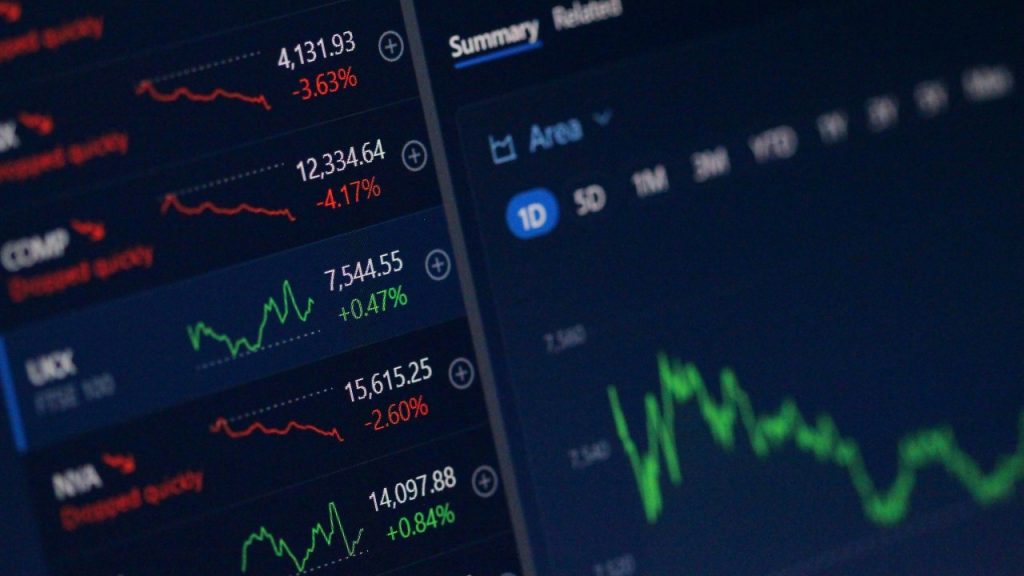By Stuart Giddings
In today’s data-obsessed, AI-driven B2B marketing landscape, it’s becoming easier to undervalue content, both as a strategic investment and as a lever for increasing brand awareness and trust. Marketers’ hyper-focus on data-driven demand generation, combined with a surge in AI investment, threatens to reduce brand and content marketing investments that are critical to customer conversions and sustainable growth.
We’re seeing signs of marketing budgets shifting away from traditional brand-building activities toward AI investments. One survey of U.S. B2B executives found that 56% of companies are investing more in automation tools, but 42% are cutting back on thought-leadership programs.
As marketers rely more on AI platforms and tools to create and scale content, they risk blending into a sea of me-tooism with “good enough” content that will make it harder to attract and engage with their target audience. In the Content Marketing Institute’s 2025 B2B Report, just 17% of marketers rated the quality of AI-generated content as excellent or very good, despite 81% using GenAI tools.
While marketers are justifiably focused on data that helps them define, find, and target prospects and buyers, content is what moves these audiences to action. Data doesn’t convert.
Two sides of the same coin: data and content
Investment in data- and AI-driven tech stacks enables marketers to get increasingly granular in understanding the behaviours and characteristics of potential buyers. It seems we’re at a point where we can map a target buyer down to their hair colour.
Why, then, do marketers continue to serve up plain-vanilla white papers to what they know is a diverse and knowledgeable buying committee? More than half (51%) of B2B prospects and buyers in Demand Gen Report’s 2024 Content Preferences Benchmark Survey said content was too generic and irrelevant to their needs. By not delivering on the value exchange buyers expect when they fill out a form, demand generation campaigns can actually erode trust instead of building credibility for a brand. Just one poor content experience can undermine even the best media strategy, resulting in wasted investment and poor ROI.
High-quality content isn’t cheap – but bad content is even more costly. Over-reliance on junior content creators or AI tools can increase editing and review cycles and delay time to market. Generic content that lacks meaningful insights or actionable guidance will quickly send a prospect onto the next search result – and they’re not likely to come back to your brand.
Quality content builds trust in the dark funnel
It may be easier to throw budget at media tools and tactics than to build a strategic content engine. But a successful brand-to-demand strategy requires data and content to be treated as equal partners.
Intent data is useful, but it’s red ocean territory (everyone sees the same signals). Great content lets brands tap into the blue ocean: buyers who are not yet showing traditional intent but are actively consuming content. When people engage with your content before they’re on the radar screen of “intent,” that asset becomes a proprietary signal that you can begin to nurture.
While data can help marketers identify buyer behaviours with far more precision, the content served throughout the buyer journey is what keeps prospects engaged and connected with your brand.
3 steps to rebalance your content marketing strategy
If your focus and investments have shifted too far toward demand generation at the expense of brand awareness initiatives, consider these three steps to help reset your priorities and rebalance your strategy.
1. Conduct a content audit
Assessing your existing content library is always a good place to begin.
Look at existing campaign data to identify what’s working – and what’s not – across different distribution channels. Review existing assets for quality, freshness, and relevance to your target buying committee. This inventory will help you determine where the gaps are in both the types of content and the topics you’re covering. From there, you can decide which assets should remain in your library, which could use a refresh, which can be repurposed for specific personas, verticals, or geographies, which should be archived or removed, and where you need net-new content.
2. Build a strategic framework
With your assessment and analysis in hand, you can then build a strategy that aligns content formats and topics to buying committee roles, buyer pain points, funnel stages, and intent signals.
Here, you can leverage data and analytics to optimise content distribution to improve experiences throughout the buyer journey. The content strategy is not just about first-touch engagement – it’s about building a pipeline of content that provides a clear nurture path for engagement, consideration, and ultimately conversion.
3. Invest in content talent
Whether in-house or outsourced to strategic partners, a team of strategists and creators who specialise in B2B storytelling is critical to your brand-building efforts. The roster should consist of experienced writers and editors who understand the subject matter, the industry, and the audience. They don’t have to be subject matter experts – but they will know the techniques to identify, interview, and extract insights from your internal SMEs to help you tell your story to customers.
Use AI tools to augment, not replace, your content creators. Generative AI and other emerging tools and platforms are proving their worth to help creators ideate, optimise, and scale content development and distribution. But they’re not ready to replace the human-generated insights and expertise that are vital to developing and delivering high-quality thought leadership content.
Raising the value of content
Content is not a bolt-on or post-click afterthought to B2B marketing strategy – it’s a strategic lever for growth. Don’t cut corners on it. When marketers combine high-quality content with all the data they’re able to collect on how audiences engage with that content, the result is smarter marketing, stronger brand perception, and better conversion rates.
Great marketing doesn’t just find the right audience – it knows what to say when it gets there. It’s time to value your content – and the people who create it – as much as you value your data.





